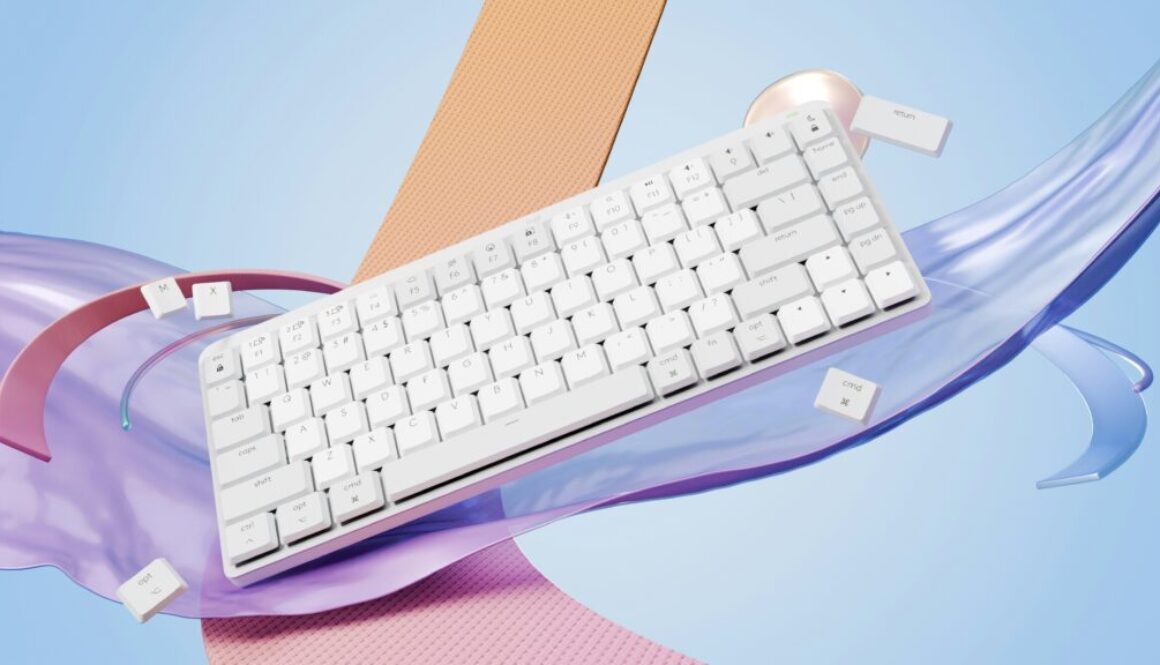Coding for Creative Minds: How to Use Imagination When Learning to Code
When most people think of computer programming, their minds often jump to logic, math, or long strings of confusing symbols on a dark screen. While these technical elements are certainly part of the picture, they only tell half the story. At its heart, programming is an incredibly creative act, one that requires imagination, intuition, and innovation just as much as it does syntax and algorithms. This post dives into the heart of coding for creative minds.
Creativity Isn’t Optional, It’s Essential
Programming is about solving problems, and problem-solving is inherently creative. Whether you’re designing a new feature for an app, building an interactive game, or creating a data visualization tool, you’re inventing something that didn’t exist before. You’re making decisions not just about how something works, but how it feels to use, how readable the code is for others, and how it can adapt to change.
Just like a painter chooses their colors and brushstrokes, a developer makes stylistic choices in architecture, naming, structure, and logic. Creativity is what turns code from a functional mechanism into an elegant solution.
Code as a Canvas
Think of programming languages as artistic tools. R is like a sketchpad for statisticians and data scientists: expressive, flexible, and perfect for quick, insightful visualizations. Python is like a Swiss Army knife for creators: readable, adaptable, and powerful enough to build everything from machine learning models to web apps. SAS is more like a precision drafting table: structured, reliable, and built for handling massive amounts of enterprise data with consistency. Each language has its own style and strengths, and just like an artist picks the right medium for their vision, a developer chooses the right language to bring their ideas to life.
Creative Thinking in Debugging and Optimization
Creativity isn’t just about building new features or visual elements. It plays a huge role in debugging and optimizing code. Tracking down an elusive bug is a bit like being a detective: it takes pattern recognition, curiosity, and the ability to think outside the box. The best developers don’t just follow a formula, they invent new approaches to make their code faster, cleaner, and more efficient.
Collaboration and Innovation
Creative programmers thrive in collaborative environments where ideas bounce freely. Just like writers workshop their drafts or musicians jam to discover new riffs, developers brainstorm, prototype, and iterate. Hackathons, open-source projects, and coding communities are all places where creativity fuels breakthroughs.
Coding for Creative Minds
Want to bring more creativity into your coding practice? Here are a few tips:
- Experiment: Tinker with side projects or explore domains outside your comfort zone, like game design or creative coding.
- Read Others’ Code: Just like reading great writing, looking at open-source projects can inspire new ideas and approaches.
- Break the Rules (Intentionally): Try solving a problem in an unconventional way. Even if it doesn’t work, you’ll learn something new.
- Cross-Pollinate: Draw inspiration from other disciplines such as music, design, philosophy, architecture. They all offer unique perspectives that can inform your coding practice.
Final Thoughts
Programming isn’t just for engineers or mathematicians. It’s for artists, thinkers, dreamers, and builders. The best code isn’t just functional, it’s beautiful, clever, and a joy to engage with. So next time you sit down at your keyboard, remember: you’re not just writing code. You’re crafting something meaningful. You’re creating.

